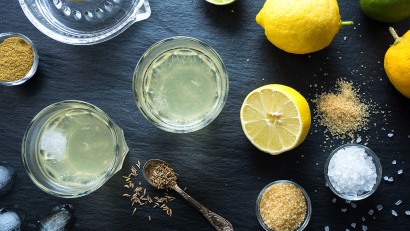- 1. The Science Behind Hot Springs in Yellowstone
- 1.1. How Hot Springs are Formed
- 1.2. How Hot Springs Colors are Formed
- 2. Top Hot Springs to Visit in Yellowstone
- 2.1. Grand Prismatic Spring
- 2.2. Old Faithful Geyser Basin
- 2.3. Mammoth Hot Springs
- 2.4. Norris Geyser Basin
- 2.5. West Thumb Geyser Basin
- 3. Best Time to Visit Hot Springs in Yellowstone
- 3.1. Spring (April – June):
- 3.2. Summer (July – August):
- 3.3. Fall (September – November):
- 3.4. Winter (December – March):
- 4. Safety Tips and Park Regulations
- 5. Nearby Attractions
- 6. Final Thoughts
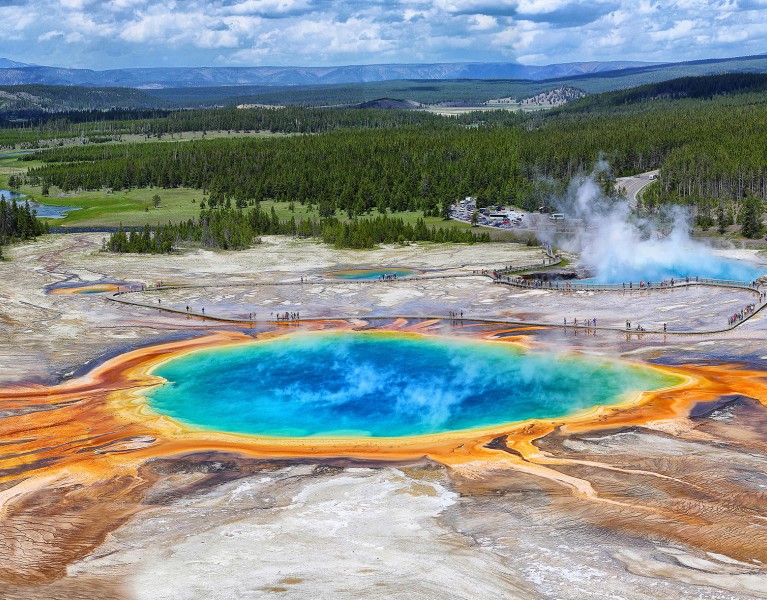
Nature's Steaming Wonder: Yellowstone's Hot Springs
Table of Contents [Show]
Yellowstone National Park, a natural treasure spanning over 3,500 square miles and spreading across the states of Wyoming, Montana and Idaho, is a haven for outdoor enthusiasts and nature lovers alike. Renowned for its diverse ecosystem, abundant wildlife and awe-inspiring geothermal features, Yellowstone has captivated the hearts of millions of visitors from around the world. Among the park's most fascinating attractions are the hot springs – dynamic geological processes that shape this unique landscape. Discover the beauty, science and excitement of hot springs in Yellowstone and how you can make the most of your visit to this extraordinary national park.
The Science Behind Hot Springs in Yellowstone
Yellowstone National Park is a geothermal wonderland shaped by the ongoing interplay between the earth's crust and its molten core. The park sits atop a massive volcanic hotspot, where a plume of molten rock rises toward the surface from deep within the earth. This intense heat fuels the park's remarkable geothermal features, including its famed hot springs.
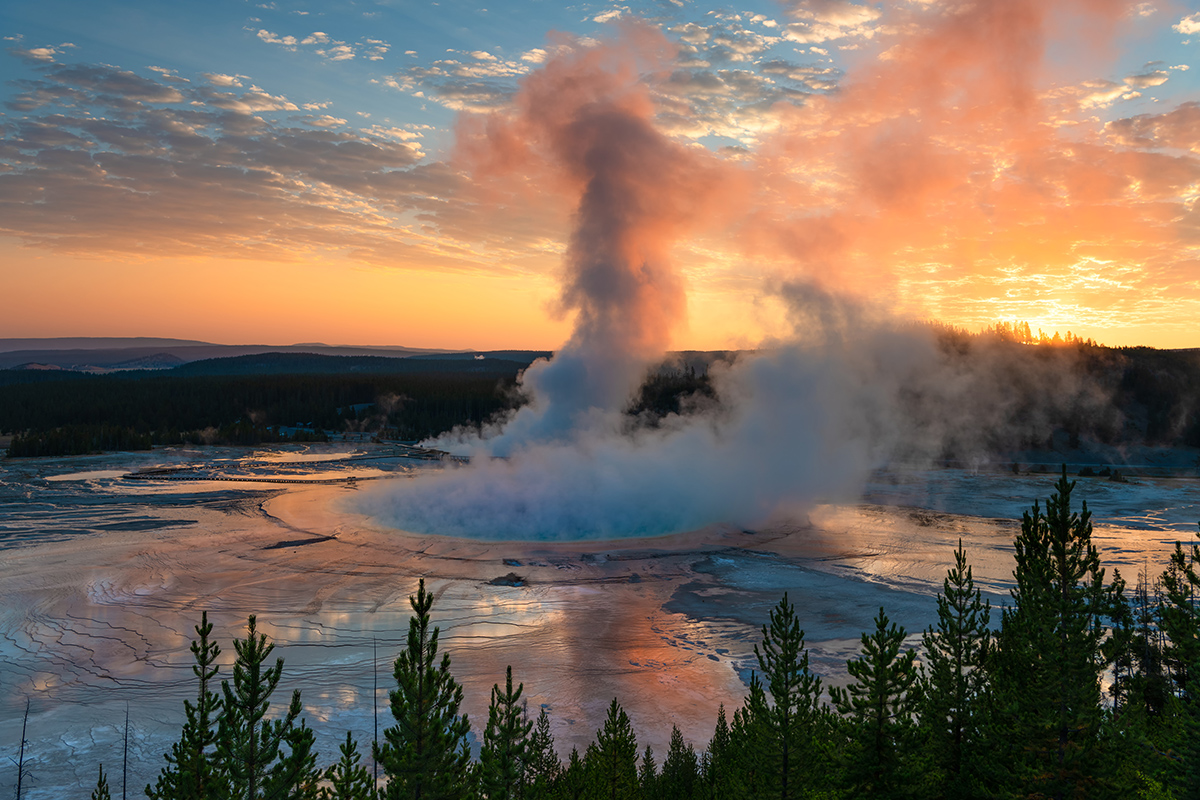
How Hot Springs are Formed
Hot springs form when rainwater and snowmelt percolate through the earth's crust, descending into the depths where the underlying volcanic activity heats them. As the water warms, it becomes less dense and rises back toward the surface. Along the way, it dissolves minerals from the surrounding rocks, creating a nutrient-rich, heated solution. When this water finally emerges at the surface, it forms the steaming pools and vibrant colors that characterize Yellowstone's hot springs.
How Hot Springs Colors are Formed
The captivating hues of the hot springs in Yellowstone can be attributed to the presence of heat-loving microorganisms known as thermophiles. These microscopic lifeforms thrive in the mineral-rich waters, forming vibrant microbial mats that blanket the edges of the springs. The varying colors of these mats reflect different types of thermophiles, each adapted to their environment's specific temperature and chemical conditions. Colorless and yellow thermophiles thrive in the hottest temperatures while orange, brown and green grow in the cooler waters.
With this understanding of the geological processes and living organisms that give rise to Yellowstone's hot springs, you can fully appreciate the wonder and beauty of these remarkable natural features as you explore the park.
Top Hot Springs to Visit in Yellowstone
Yellowstone boasts an incredible array of geothermal features, including over 10,000 hot springs, geysers, fumaroles and mud pots. Among these, several hot springs stand out for their breathtaking beauty, fascinating geological features and accessibility to visitors. Here are the top hot springs in Yellowstone you won't want to miss:
Grand Prismatic Spring
Located in the Midway Geyser Basin, Grand Prismatic Spring is the largest hot spring in the United States and the third largest in the world. Its striking, vivid colors, ranging from deep blue to bright orange, create a mesmerizing visual display. A well-maintained boardwalk gives visitors an up-close view, while a short hike to the nearby Fairy Falls Trail offers a stunning panoramic perspective.
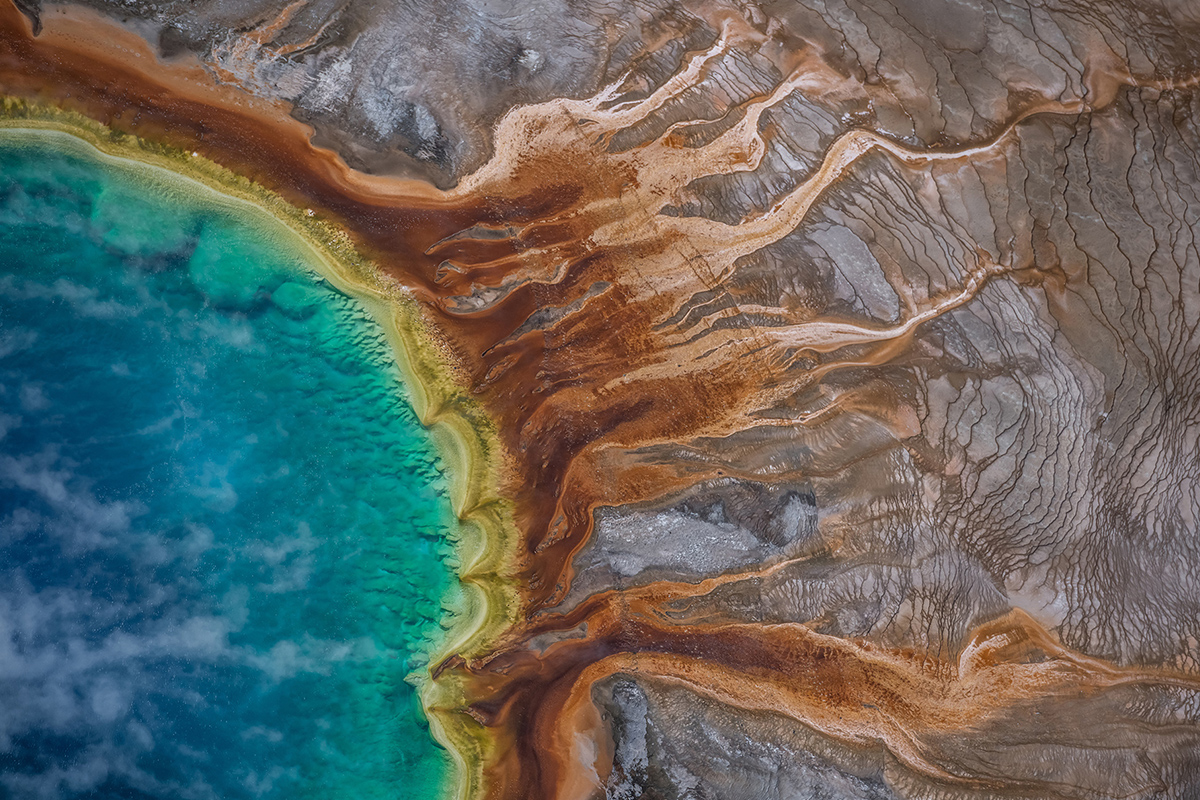
Old Faithful Geyser Basin
While Old Faithful Geyser is the star attraction of this area, the surrounding geyser basin is also home to several beautiful hot springs. Notable features include the vibrant Morning Glory Pool and the multi-hued Grotto Spring. The boardwalk trail system makes exploring these geothermal wonders easy and convenient.

Mammoth Hot Springs
Situated in the park's northern region, Mammoth Hot Springs is a complex of travertine terraces formed by the deposition of minerals from the spring water. The constantly changing landscape, characterized by bright white and delicate pastel hues, is a testament to the dynamic nature of the park's geothermal activity. The Upper and Lower Terraces are easily accessible via boardwalks and offer stunning views of this geological wonder.
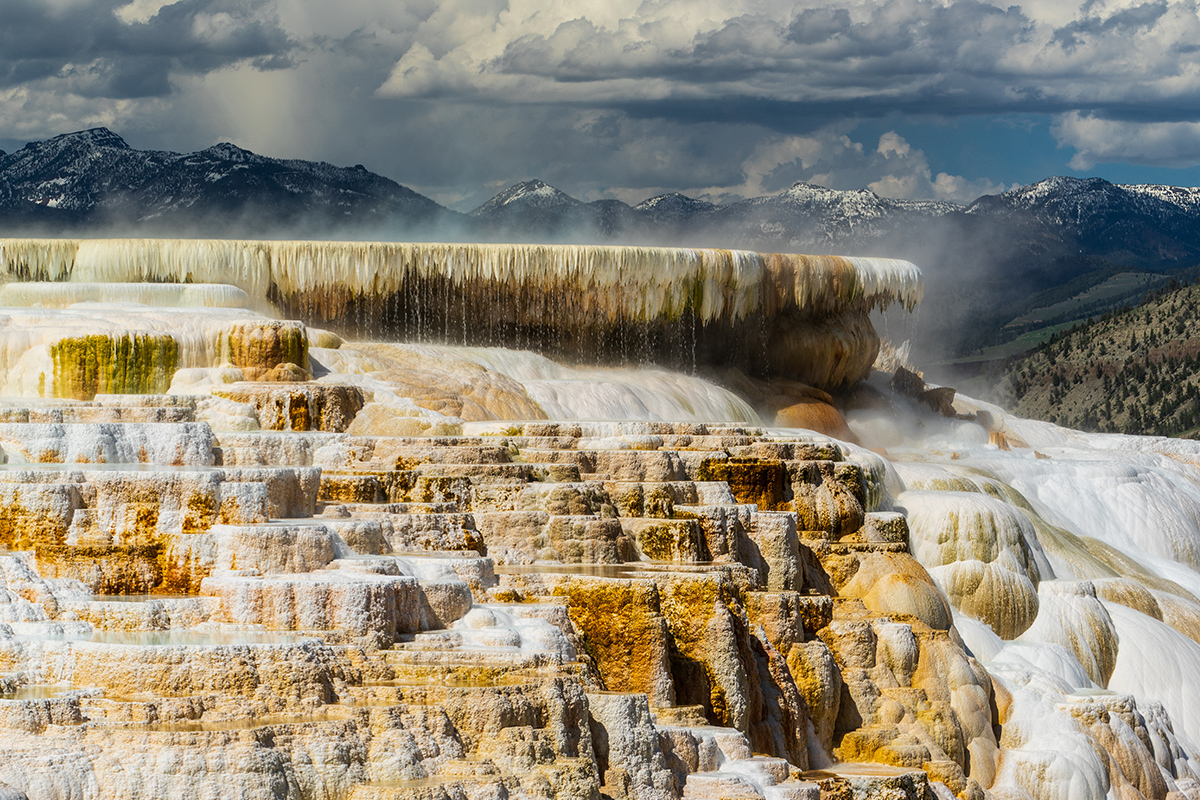
Norris Geyser Basin
The Norris Geyser Basin holds the distinction of being the hottest and oldest geothermal area in Yellowstone. Notable hot springs in this area include the colorful Emerald Spring and the intriguing Steamboat Geyser, which can sometimes shoot water over 300 feet into the air. A series of trails and boardwalks provide access to the area's highlights, ensuring a fascinating and safe exploration.
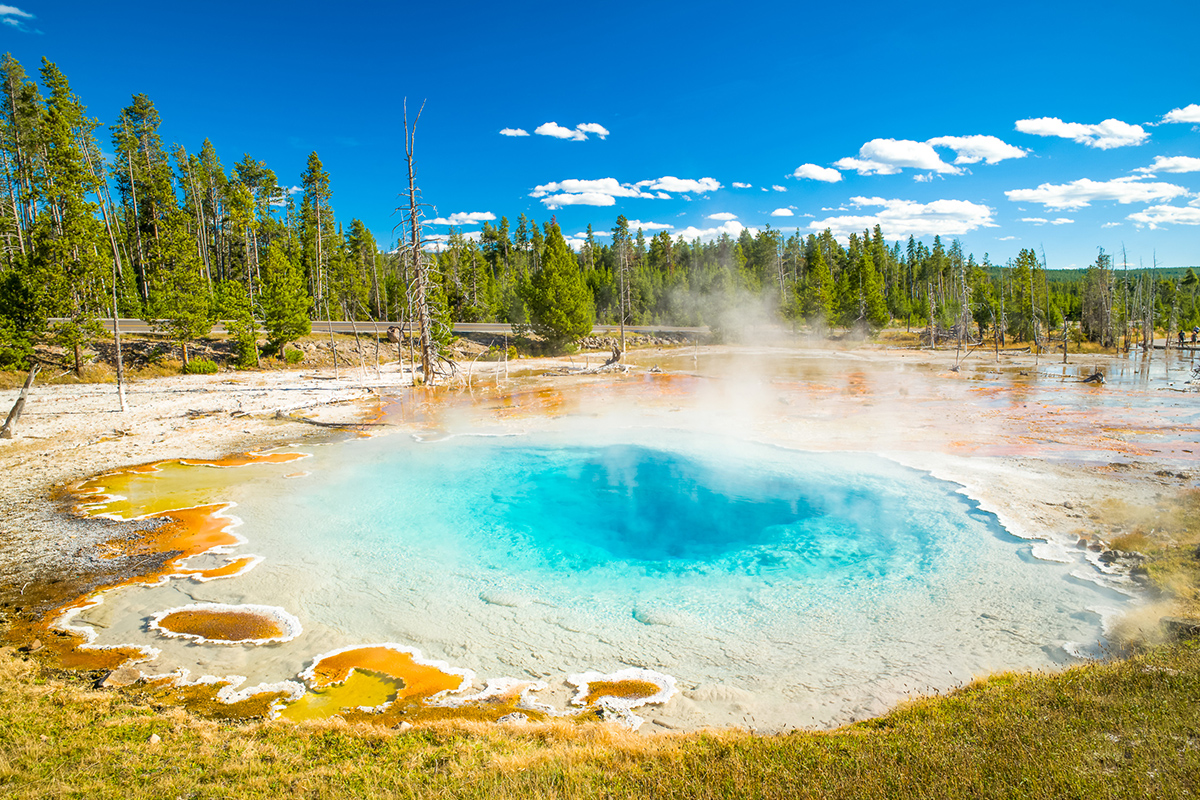
West Thumb Geyser Basin
Nestled along the shores of Yellowstone Lake, the West Thumb Geyser Basin features an array of hot springs, geysers and fumaroles. The Azure Abyss Pool, the deepest pool in the park, and the picturesque Black Pool are among the top attractions in this area. Visitors can enjoy an easy stroll along the boardwalk, taking in the stunning lakeside views and vibrant geothermal features.
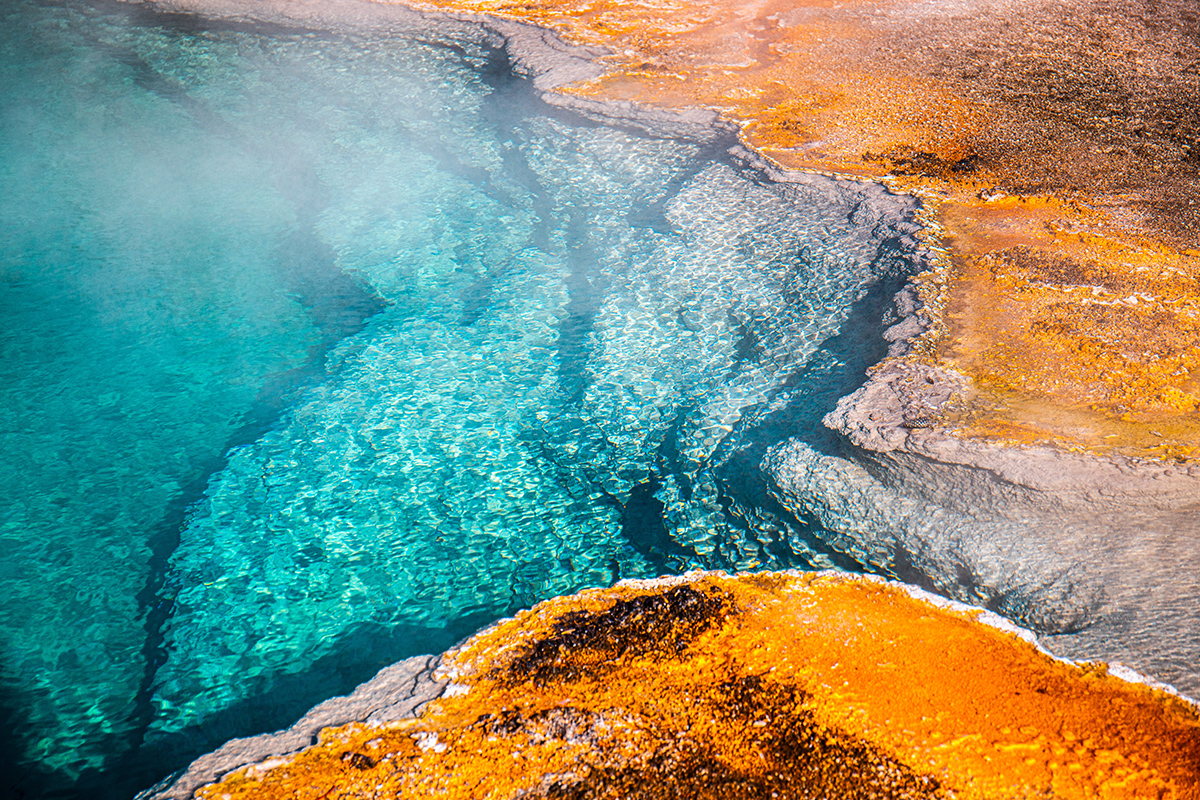
Best Time to Visit Hot Springs in Yellowstone
While the allure of Yellowstone's hot springs remains constant throughout the year, the experience can vary depending on the season. To make the most of your visit, it's essential to consider the seasonal fluctuations in weather, accessibility and park amenities.
Spring (April – June):
Springtime in Yellowstone is characterized by a mix of melting snow, rain and occasional snowstorms. The contrast between the chilly air and the steaming hot springs creates a dramatic and captivating atmosphere. Wildlife is abundant during this season, as animals emerge from their winter slumbers. Some trails and roads may still be closed due to snow, so be sure to check the park's website for the latest information on accessibility.
Summer (July – August):
Summer is the most popular time to visit Yellowstone, as the weather is warm and sunny and all park facilities are open. The hot springs are easily accessible, and the vibrant colors of the microbial mats are at their peak. However, the park can be quite crowded during this time, so be prepared for heavy traffic and limited parking.
Fall (September – November):
The fall season offers a unique opportunity to experience the hot springs amid a backdrop of colorful foliage and crisp, clear air. The park is less crowded, and the wildlife remains active as they prepare for the winter months. Be aware that some park facilities may close after Labor Day, and snow can arrive as early as September at higher elevations.
Winter (December – March):
Winter transforms Yellowstone into a snow-covered wonderland, offering a serene and enchanting backdrop for the hot springs. While many roads and facilities are closed during this time, some areas, such as Mammoth Hot Springs and the Old Faithful Geyser Basin, can be accessed via guided snowmobile or snow coach tours. Be prepared for cold temperatures, and always dress in layers to stay warm and dry. Check out our article on What to Do in Jackson Hole in November for inspiration on how to make the most of your time in this beautiful area during the winter.
Ultimately, the best time to visit the hot springs in Yellowstone depends on your preferences for weather, crowd levels, and the availability of park facilities. No matter when you choose to visit, the enchanting beauty of the hot springs will provide a memorable and captivating experience.
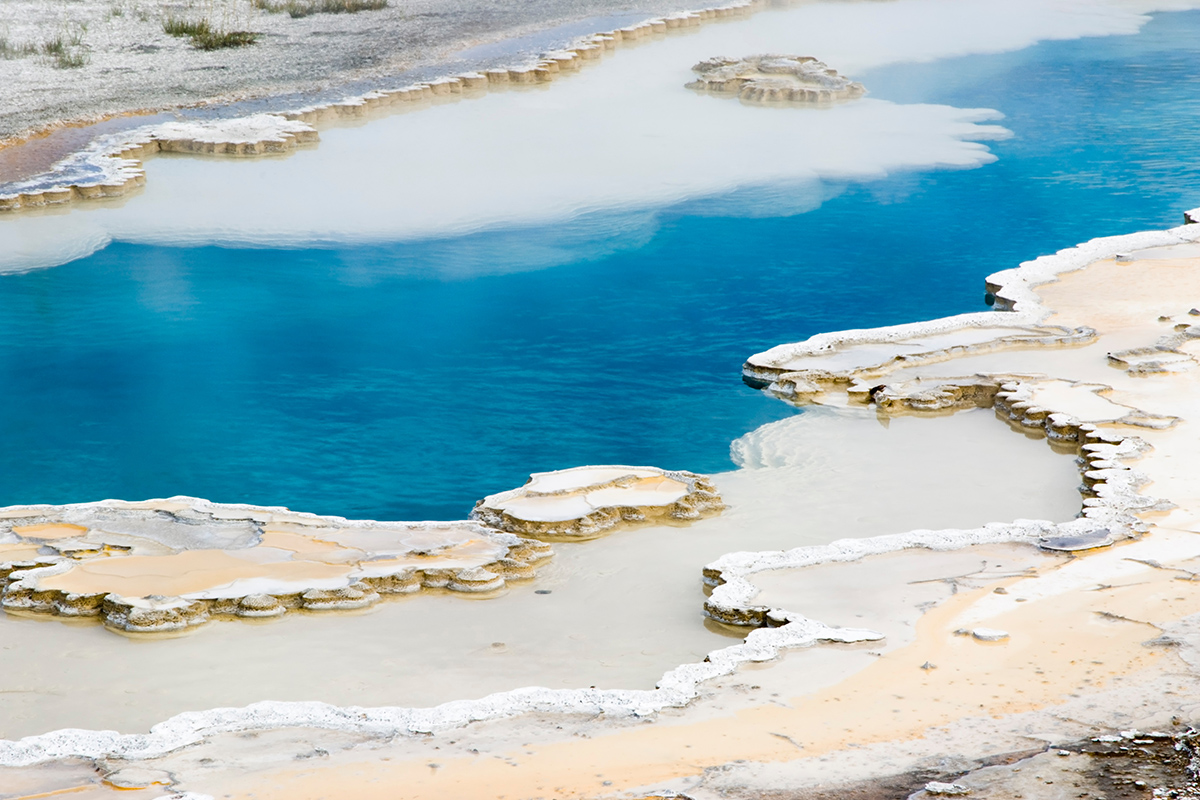
Safety Tips and Park Regulations
Exploring the hot springs in Yellowstone National Park is a thrilling and unforgettable experience, but it's crucial to prioritize safety and adhere to park regulations to protect both yourself and the fragile ecosystem. Here are some essential guidelines to follow while visiting the park's geothermal features:
- Stay on designated boardwalks and trails. Venturing off the established pathways can be extremely dangerous, as the ground around hot springs can be thin and unstable. Hidden pools of boiling water may lurk just beneath the surface, posing a severe risk to those who stray from the trail.
- Keep a safe distance from wildlife. Yellowstone is home to a diverse array of wildlife, including bison, elk, bears and wolves. While it's tempting to approach these magnificent creatures for a closer look or a photo, always maintain a safe distance to avoid potentially dangerous encounters.
- Do not touch or swim in the hot springs. Temperatures can reach well above the boiling point, making it unsafe to touch or enter. The water can also be so acidic that it will actually burn holes in clothing. Additionally, the introduction of foreign substances or bacteria from human contact can disrupt the delicate balance of the microbial ecosystems that give the springs their vibrant colors.
- Leave no trace. It's essential to preserve the pristine beauty of Yellowstone for future generations. Carry out all trash, avoid picking up or disturbing natural objects and follow the regulations on fires and waste disposal, as well as rules on Yellowstone camping.
- Be prepared for changing weather conditions. Weather in Yellowstone can be unpredictable, with sudden storms and temperature fluctuations. Dress in layers, carry rain gear and always check the forecast before embarking on a hike or excursion.
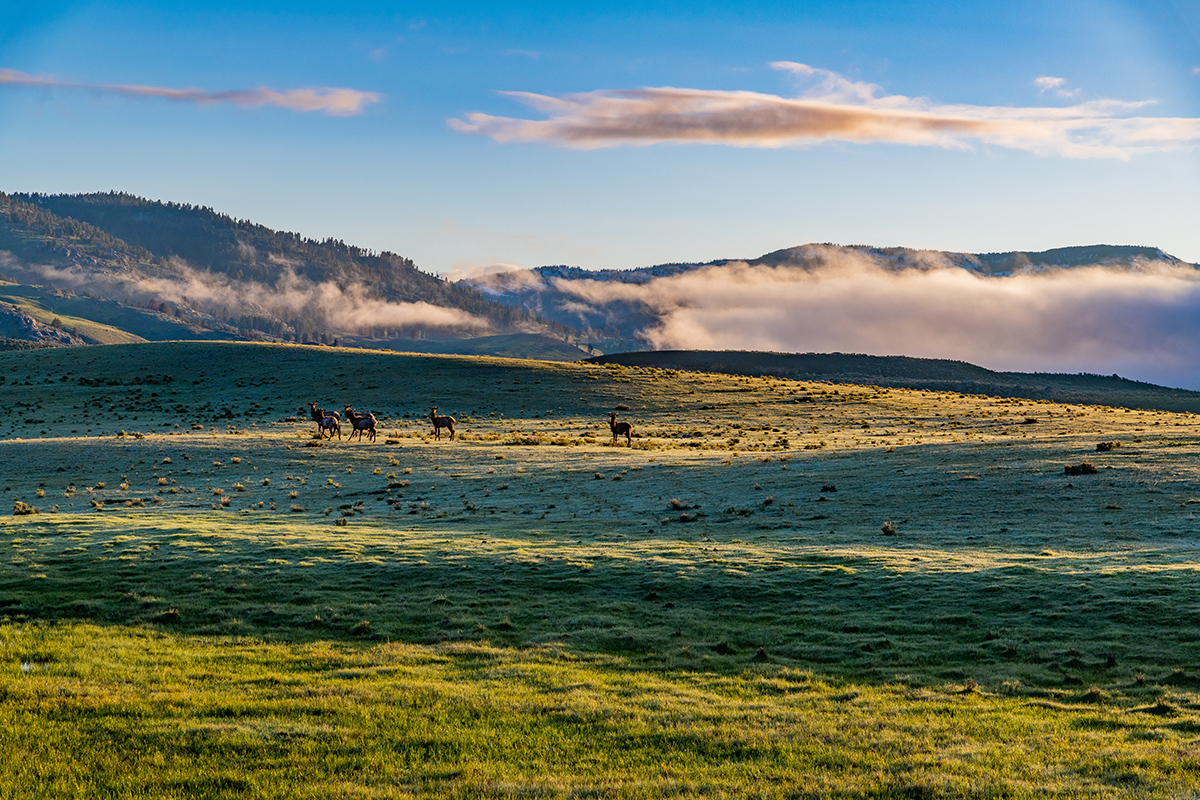
Nearby Attractions
While Yellowstone's hot springs are undoubtedly a major draw for visitors, the park also offers a wealth of other attractions and activities to explore. To make the most of your time in this incredible region, consider adding some of these nearby points of interest to your itinerary:
- Lamar Valley. Known as the "Serengeti of North America," Lamar Valley is a prime location for wildlife viewing. Home to bison, elk, pronghorn, bears, and the famous Yellowstone wolf packs, this picturesque valley is a must-visit for nature enthusiasts.
- Grand Canyon of the Yellowstone. This impressive canyon, carved by the Yellowstone River, features dramatic cliffs, waterfalls, and breathtaking vistas. Highlights include the Upper and Lower Falls, Artist Point, and Inspiration Point.
- Yellowstone Lake. As the largest high-elevation lake in North America, Yellowstone Lake offers a variety of recreational activities, including boating, fishing, and scenic drives along the shoreline.
- Tower Fall. This 132-foot waterfall is an awe-inspiring sight, located near the park's northeastern entrance. A short hike from the parking area provides a spectacular view of the cascade.
- Hayden Valley. Another prime location for wildlife viewing, Hayden Valley is home to bison, elk, coyotes, and a variety of bird species. The valley also offers stunning views of the Yellowstone River and surrounding mountains.
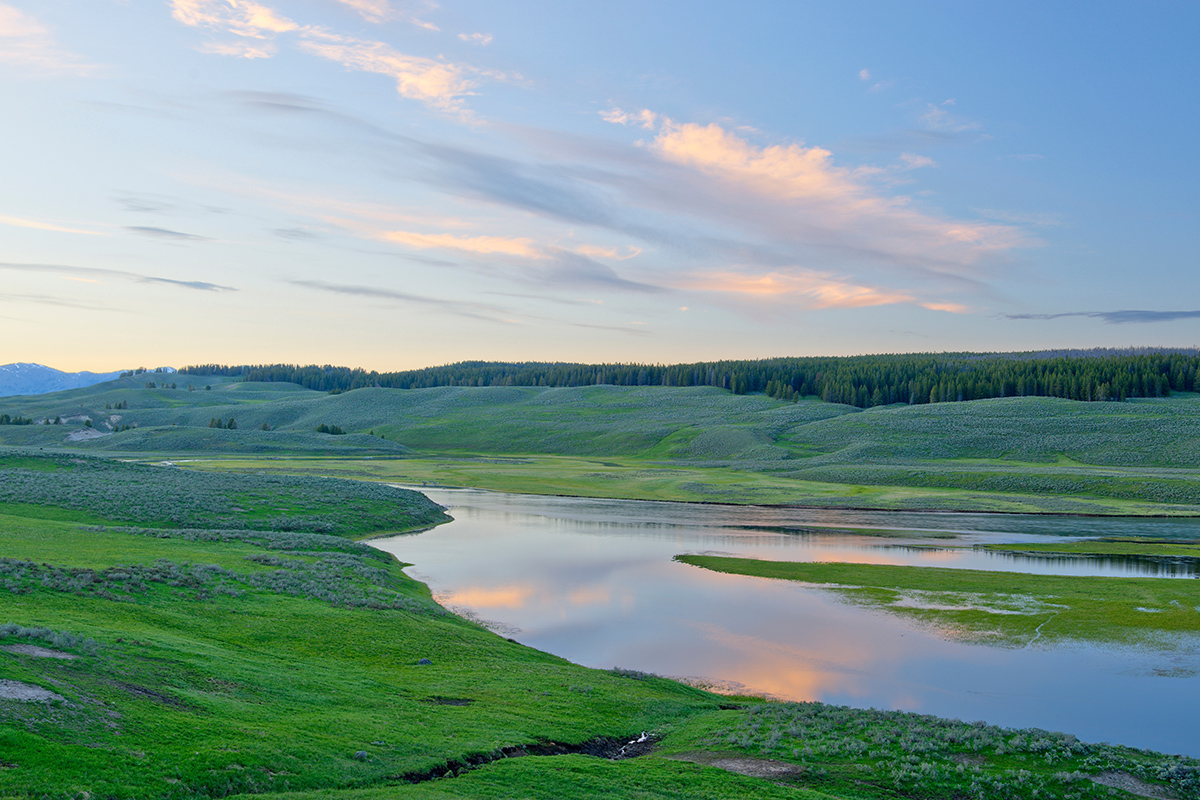
Final Thoughts
Yellowstone National Park's hot springs are a testament to the awe-inspiring power and beauty of nature. These enchanting geothermal features provide visitors with a unique opportunity to witness the ongoing dance between the earth's crust and its fiery core. From the vibrant Grand Prismatic Spring to the serene West Thumb Geyser Basin, each hot spring offers a captivating glimpse into the geological wonders that make Yellowstone a truly special destination.
As you explore the hot springs in Yellowstone, remember to prioritize safety, respect park regulations and embrace the spirit of conservation. By doing so, you'll not only experience the magic of Yellowstone's landscape but also contribute to the ongoing effort to protect this extraordinary natural treasure.

